Your shopping cart is empty.
5 Signs Your Cleaning Program is Holding You Back
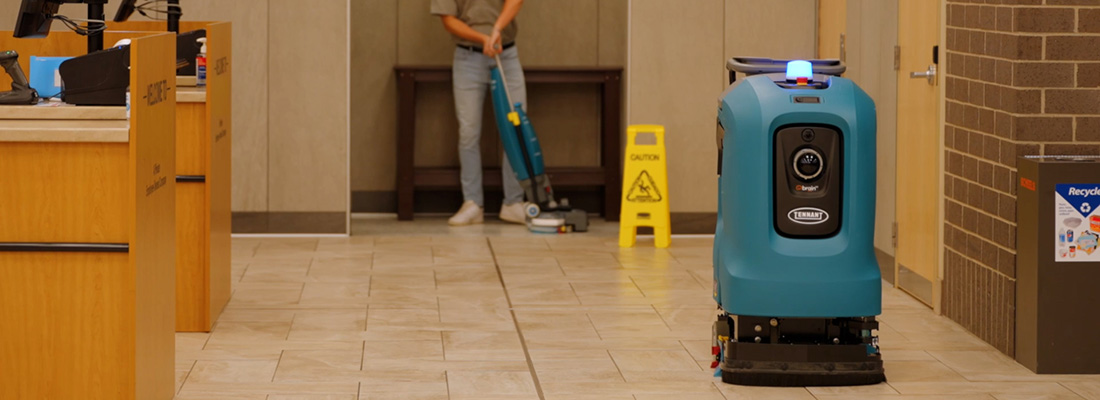
Facility teams are under more pressure than ever to maintain safe, clean, and inviting spaces — often with fewer people, tighter budgets, and greater scrutiny. According to the 2024 CMM In-House/Facility Management Benchmarking Survey, nearly one-third of cleaning leaders say employee health and safety is their top concern, with training and retention close behind. Meanwhile, labor remains the biggest cost driver for most teams, with more than half of respondents allocating over 50% of their operating budget to staffing. As demands increase, outdated equipment and manual methods make it harder to keep up.
If your cleaning program hasn’t adapted to meet today’s demands, it may be costing you in ways you haven’t fully considered. Here are five warning signs to watch for — and what to do about them.
1. Mops and buckets are still your go-to
Cleaning with a mop and bucket might feel familiar — but it’s far from efficient. It’s a method that often spreads dirt instead of removing it, demands frequent stops to change water, and leaves floors wet and unsafe. Manual mopping can also cause inconsistency from person to person and shift to shift. That lack of standardization makes it harder to uphold the increasingly high expectations for visible cleanliness.
At St. Thomas University, switching to Tennant CS5 micro-scrubbers helped GDI Integrated Facility Services reduce cleaning time by up to 50%. The change resulted in faster drying floors, fewer safety risks, and a team with more time to tackle other high-touch areas. Just as importantly, the CS5 provided consistent performance across multiple users and floor types—giving both staff and building occupants more confidence in the results.
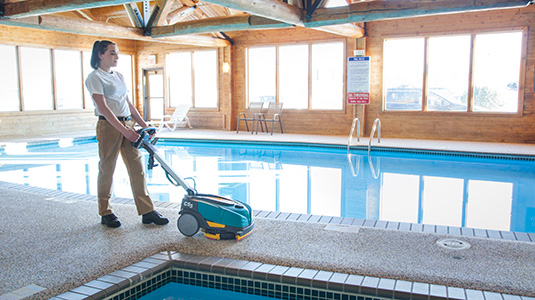
2. Your team is doing more with less — literally
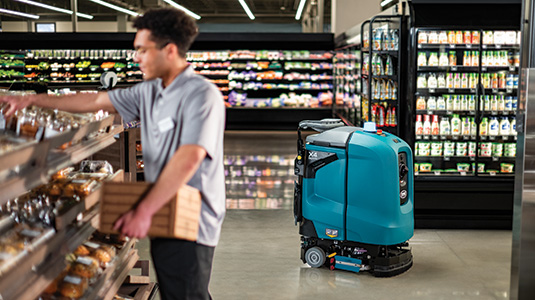
If your staff is constantly playing catch-up, you're not alone — and the issue runs deeper than just hiring. Burnout, training gaps, and high turnover make it hard to build a stable, effective team. According to IBISWorld, the janitorial sector experiences turnover rates between 200% and 400% in normal times — far exceeding most industries.
When you're stuck in a cycle of rehiring and retraining, consistency suffers. And for cleaning teams tasked with maintaining high standards every day, that inconsistency shows. Mechanized cleaning equipment — especially autonomous floor scrubbers — can be a game changer. These tools help lighten the physical load, standardize cleaning quality, and allow limited teams to focus on more complex or visible tasks. It’s a scalable solution for a workforce that’s anything but predictable.
3. Floors are left wet and slippery
It shouldn’t take hours for a floor to dry. But with traditional mopping, that’s often the case — and every minute a floor stays wet, the risk of a slip-and-fall accident increases. According to the 2024 Liberty Mutual Workplace Safety Index, slips, trips, and falls on the same level are among the top five causes of serious workplace injuries, costing U.S. businesses almost $10 billion annually in direct costs alone.
Machines like the i-mop XL Plus and the X4 ROVR™ autonomous floor scrubber are designed to recover water as they go, leaving floors safer and drier almost immediately. By using separate tanks for clean and dirty water, these machines also minimize cross-contamination — helping facilities meet higher health and safety standards. The result? A cleaner environment, fewer hazards, and one less thing to worry about during a busy shift.
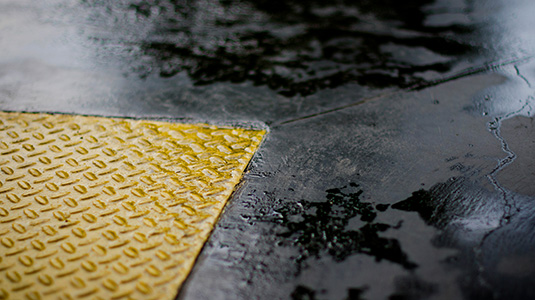
4. You can’t say for sure what’s been cleaned
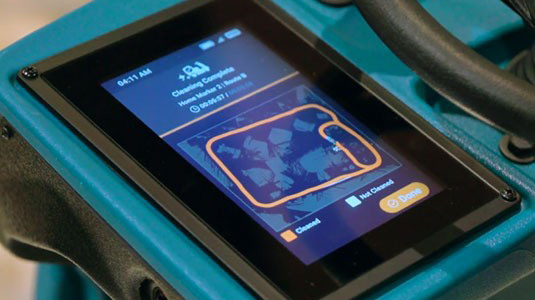
Facility managers today are expected to do more than clean — they’re expected to prove it. But unless you’re tracking what equipment is used, how often, and where, it’s hard to verify that protocols are being followed. In a world where audit-readiness and transparency matter more than ever, this gap can be costly.
Fortunately, the market is moving to meet the demand. The global B2B floor cleaning robots market is projected to grow at a compound annual growth rate (CAGR) of 16% through 2033, according to Global Growth Insights. As adoption rises, so does the opportunity to bring consistency and accountability into everyday cleaning routines.
Modern machines with built-in usage tracking and reporting provide objective data to support inspections, resolve complaints, and showcase team performance. Automation also makes it easier to deliver consistent results across locations — no clipboard or guesswork required.
5. Your equipment doesn’t support your sustainability goals
More than three-quarters of facility leaders say they’re working toward better sustainability. But if your cleaning tools still rely on heavy chemical use, excessive water, or disposable supplies, it may be time to rethink your approach.
Mechanized equipment can play a big role in hitting environmental targets. Tennant solutions like ec-H2O NanoClean® technology effectively use electrically converted water — eliminating chemical runoff, reducing plastic waste, and cutting down on chemical handling. Scrubbers with lithium-ion batteries also improve energy efficiency and runtime. When sustainability is a core business priority, your cleaning program needs to deliver results that align.
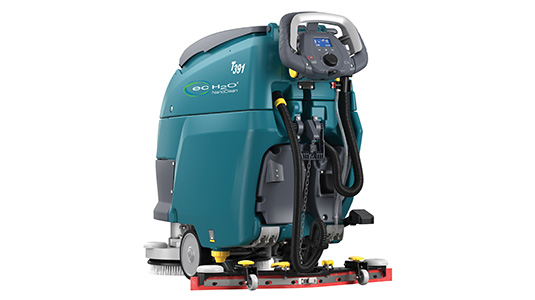
Time to re-evaluate?
If one or more of these signs hit close to home, it may be time to modernize your floor cleaning program. Tennant’s line of scrubbers, vacuums, and robotic equipment are designed to help you clean smarter, improve safety, and keep your team focused on what matters.
Contact us to talk with a Tennant expert or arrange a demo.
Looking for more guidance? Check out these related resources:

